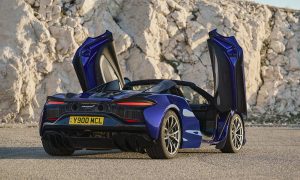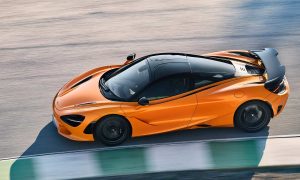The Elva was a British racing car manufacturer in the ’50s who managed to grab the attention of Bruce McLaren. He modified one of the Elva chassis to create the McLaren-Elva M1A race car which is an important milestone in the brand’s racing history. Today’s McLaren Automotive managed to acquire the rights to use the ‘Elva’ name for this new Ultimate Series roadster that was teased in August 2019.
![McLaren-Elva-and-Elva-M1A-[Mk1]_2](https://www.autodevot.com/wp-content/uploads/2019/11/McLaren-Elva-and-Elva-M1A-Mk1_2.jpg)
Now you know how the car got its name. What you probably don’t know is what that means. Well, the name is apparently derived from elle va, meaning “she goes” in French. Nice one, indeed. Next time when you see someone drive past you in this, you can just say “là elle va!” in a fake deep voice.
The Elva is McLaren’s first open-cockpit road car. There’s no official weight figure yet, but the Elva according to McLaren, is the brand’s lightest car ever, thanks to the usage of carbon fibre for the chassis and body as well. The brakes are 390 mm sintered carbon ceramics which further cut down the weight. The Super-Lightweight 5-spoke forged alloy wheels we see here are a no-cost option; they are shod with track-focused Pirelli P Zero Corsa tyres. The Ultra-Lightweight 10-Spoke wheels are standard.
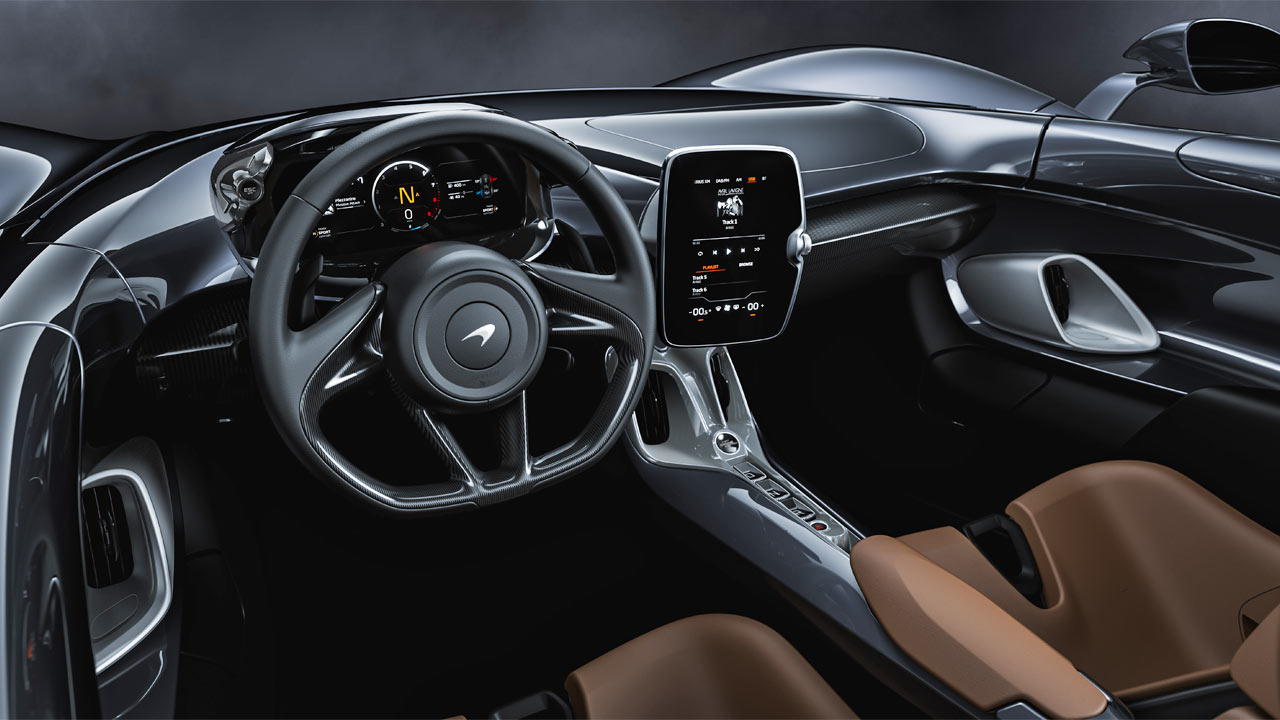 The seat shells are carbon fibre too
The seat shells are carbon fibre too
The lack of roof and windscreen shouldn’t be a (legal) problem as McLaren says that the Elva is homologated for all major markets. However, a fixed windscreen derivative is also available. In addition, the Elva has something called Active Air Management System (AAMS), claimed to be the world-first.
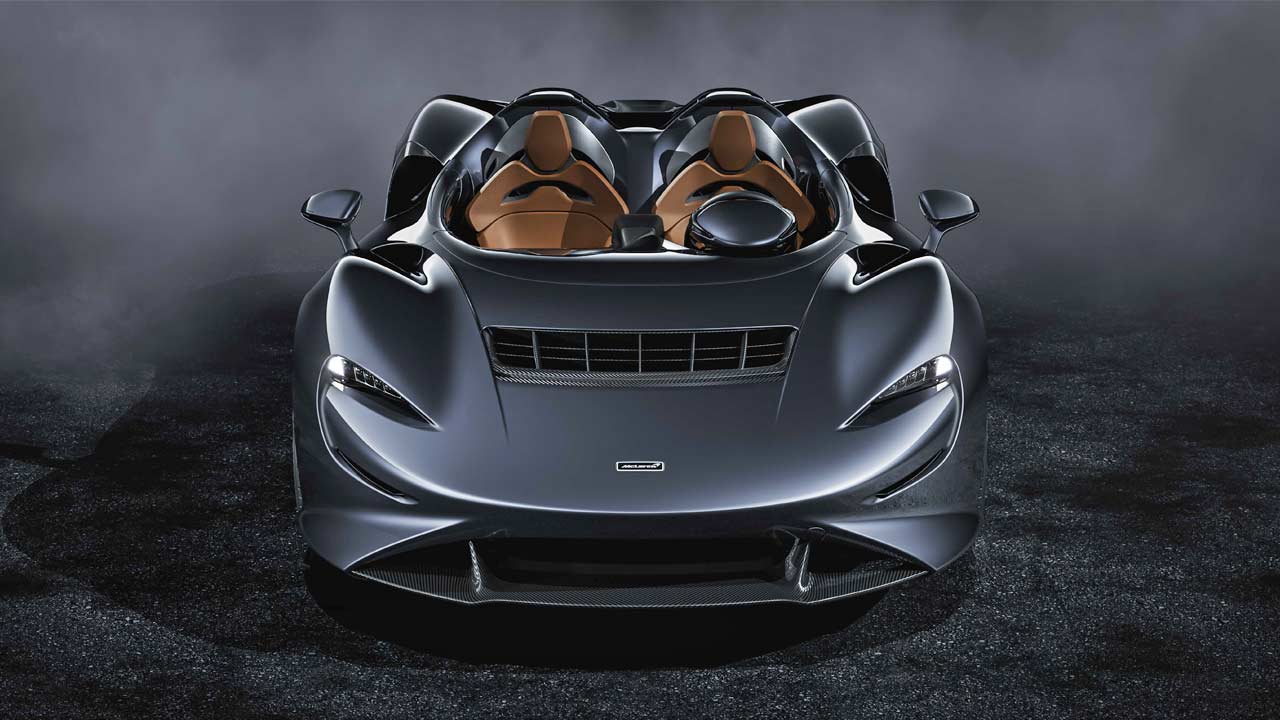
The system channels air through the nose of the Elva to come out of the front clamshell at high velocity ahead of the occupants before being directed up over the cockpit, creating a (virtual) “bubble”. When the AAMS is active, a physical deflector is deployed at the leading edge of that bonnet outlet, rising 150 mm into the freestream to create a low-pressure zone at the vent.
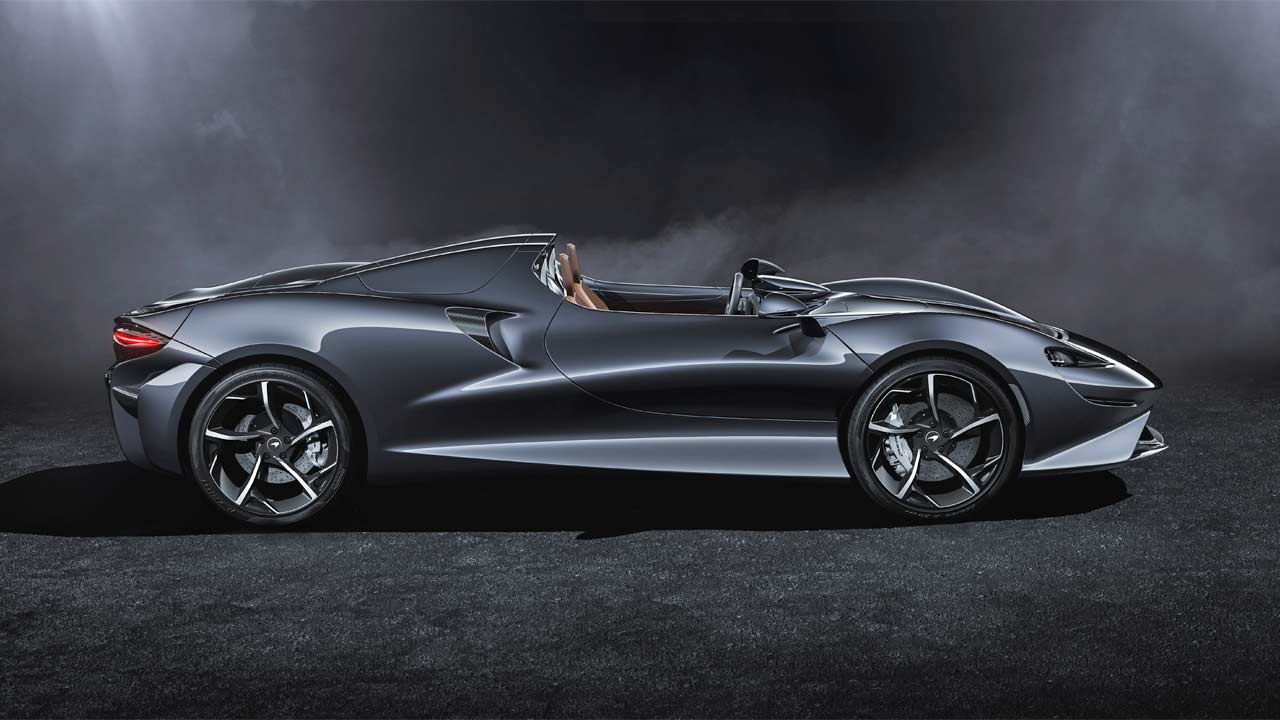
The vented air is directed through a 130-degree radius, using a network of transverse and longitudinally mounted carbon fibre vanes across the bonnet outlet; distributing the airflow both in front of and along the side of the cabin. At urban speeds, the system is inactive, obviously. As the vehicle speed increases, the AAMS automatically deploys and remains active until the speed reduces, at which point the deflector retracts. The system can also be deactivated by the driver at the touch of a button.
When the AAMS is inactive, the central duct is sealed, diverting airflow into the low-temperature radiators and increasing their cooling efficiency. To provide optimal packaging conditions for the AAMS, the Elva features twin low-temperature radiators (LTRs) positioned ahead of each front wheel.
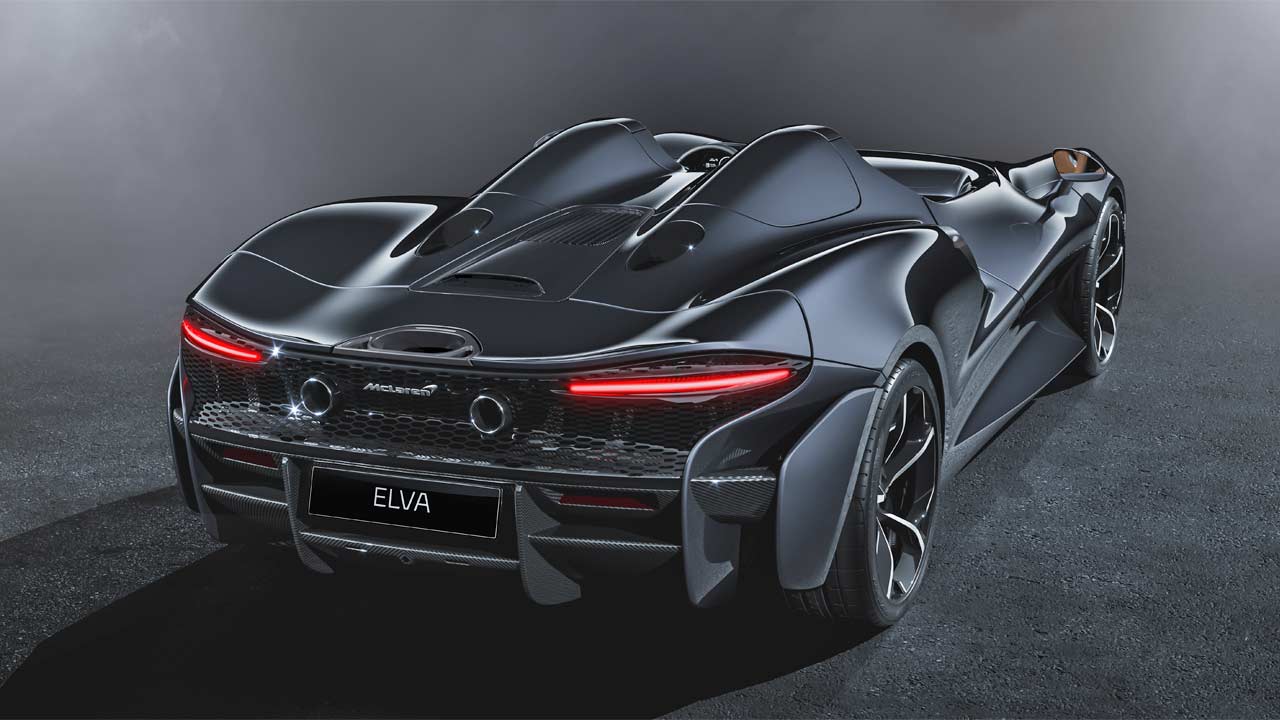
The trailing edge of the bodywork features a full-width active rear spoiler. It works with the aforementioned AAMS and the range of its operation varies accordingly. The rear diffuser too works with the active rear spoiler. The Elva has a completely flat underfloor until the point by the rear axle at which the diffuser starts and increases in height to accelerate the air out from under the vehicle.
There’s also a stowage space beneath the rear tonneau which can house helmets and small items. The curved single-piece tonneau is operated manually and secured with soft-close latches.
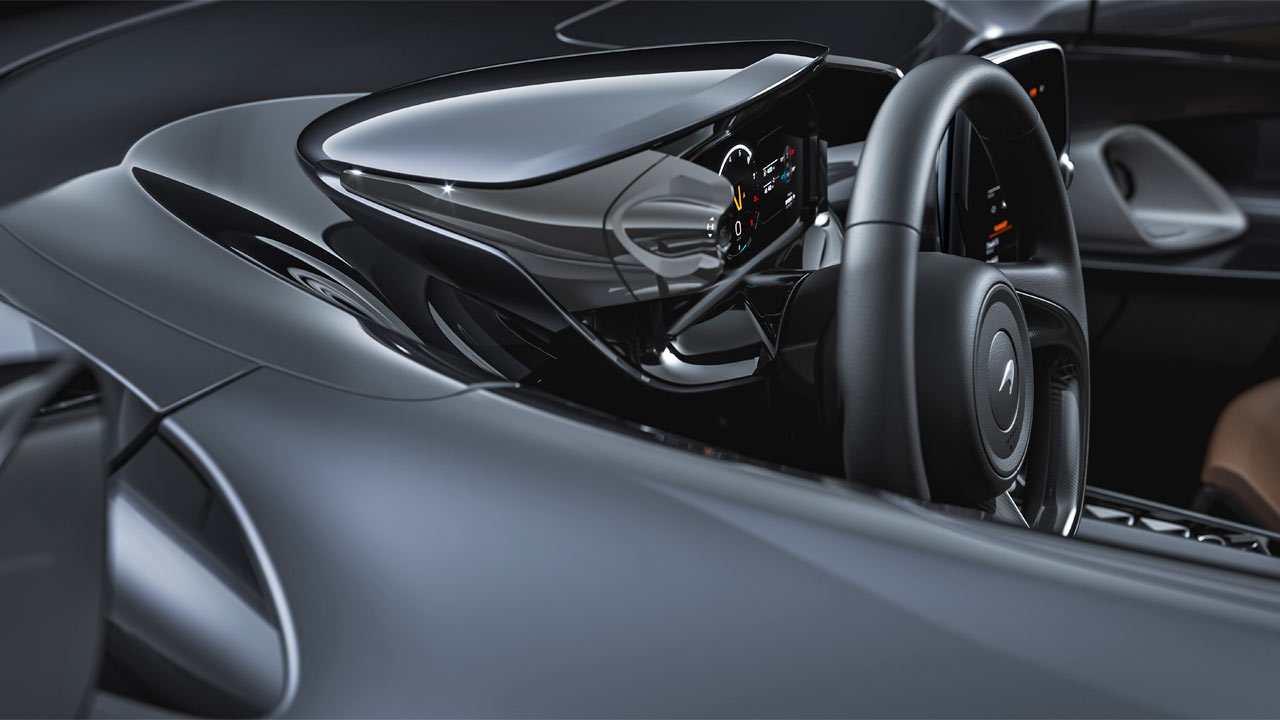
Moving on to the business end of the story, the Elva is powered by the same family of engines that power the Senna. The 4.0-litre twin-turbo V8 is tuned to produce 599 kW (815 metric hp) and 800 Nm (590 lb-ft) of torque. It features a flat-plane crankshaft, dry-sump lubrication, lightweight connecting camshafts, rods and pistons to cut down the weight. Power is sent to the rear wheels via a 7-speed ‘seamless-shift’ gearbox.
McLaren claims a 0-100 km/h (62 mph) acceleration time of less than 3 seconds. It is also apparently quicker than the Senna to 200 km/h (124 mph) at just 6.7 seconds.
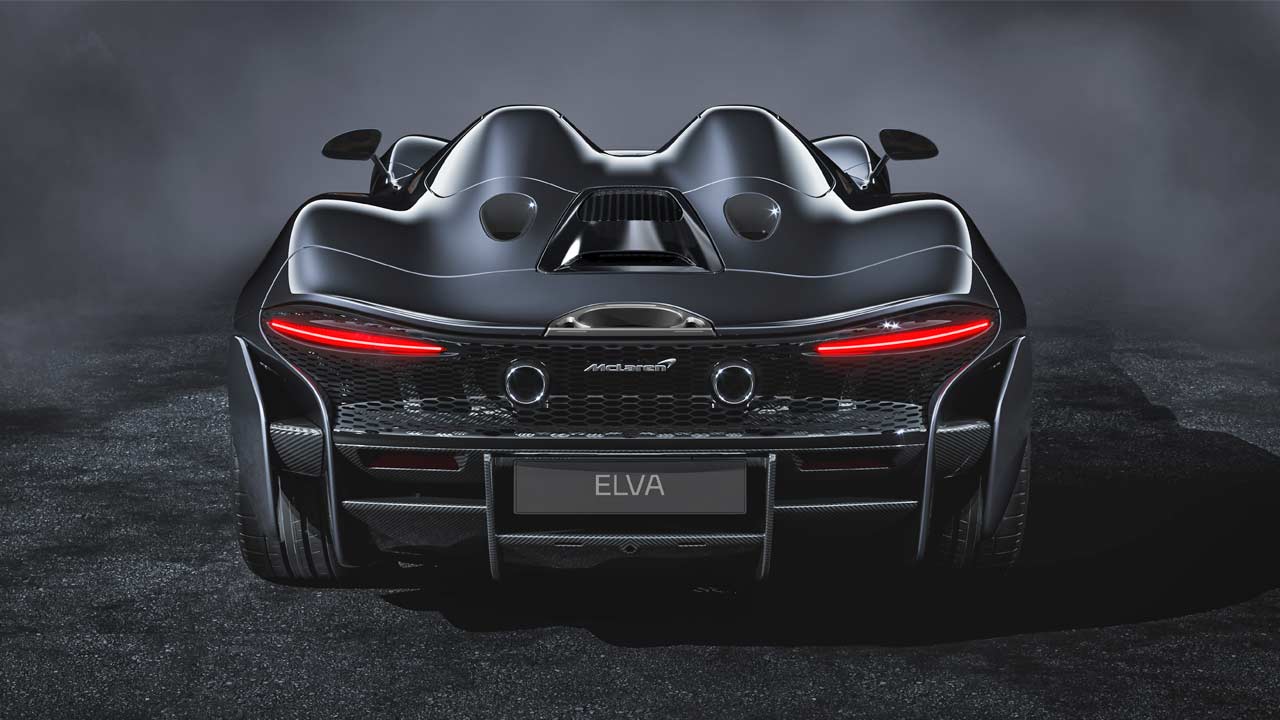
The increased power output is achieved through an optimized exhaust system with reduced back pressure and improved LTR performance that reduces charge air temperatures, McLaren said. The exhaust system is made from lightweight titanium and Inconel, while the exhaust finisher is created using 3D printing technology.
The car also gets linked-hydraulic active suspension, and electro-hydraulic steering “for purest feedback”. The driver gets to play with the Comfort, Sport and Track modes, three Electronic Stability Control (ESC) modes, and Variable Drift Control (VDC).
![McLaren-Elva-and-Elva-M1A-[Mk1]](https://www.autodevot.com/wp-content/uploads/2019/11/McLaren-Elva-and-Elva-M1A-Mk1.jpg) Dihedral doors..
Dihedral doors..
In case you’re interested to know, only 399 units will be built with each carrying a price tag of £1,425,000 including UK VAT. All of them will most likely be allocated to “McLaren VIPs”.

Leave a Reply
Note: Comments that are unrelated to the post above get automatically filtered into the trash bin.
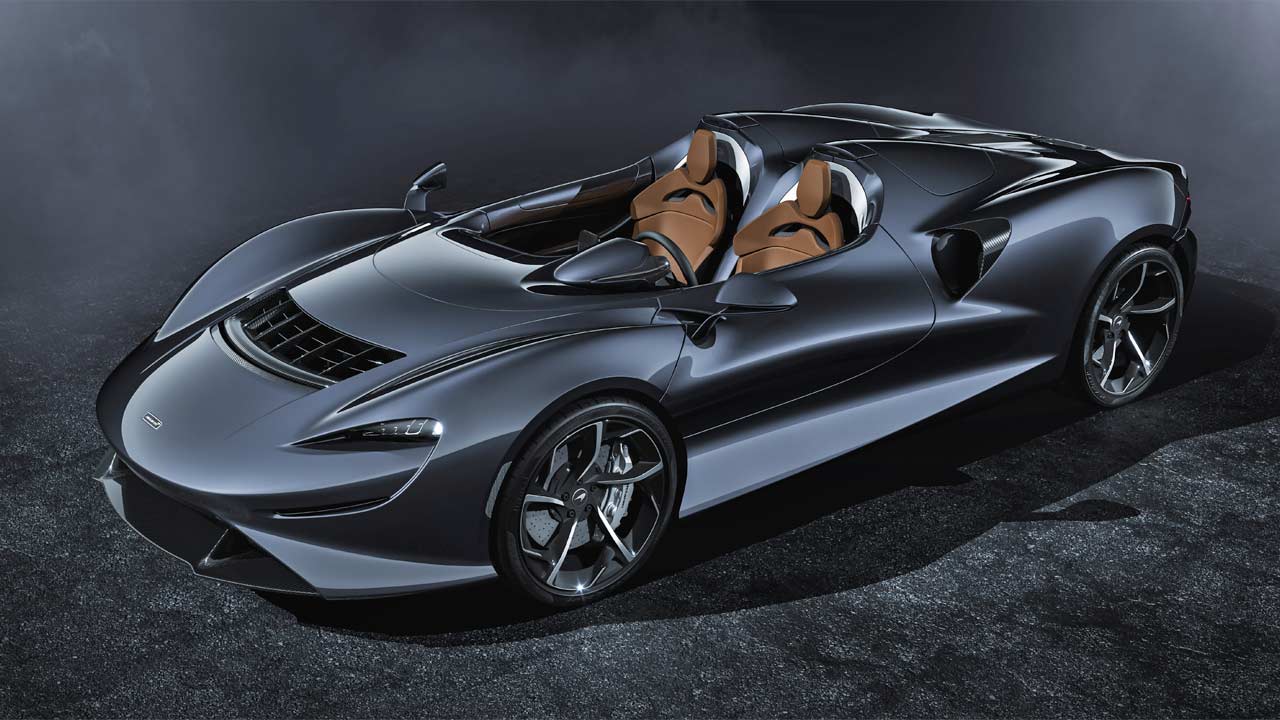
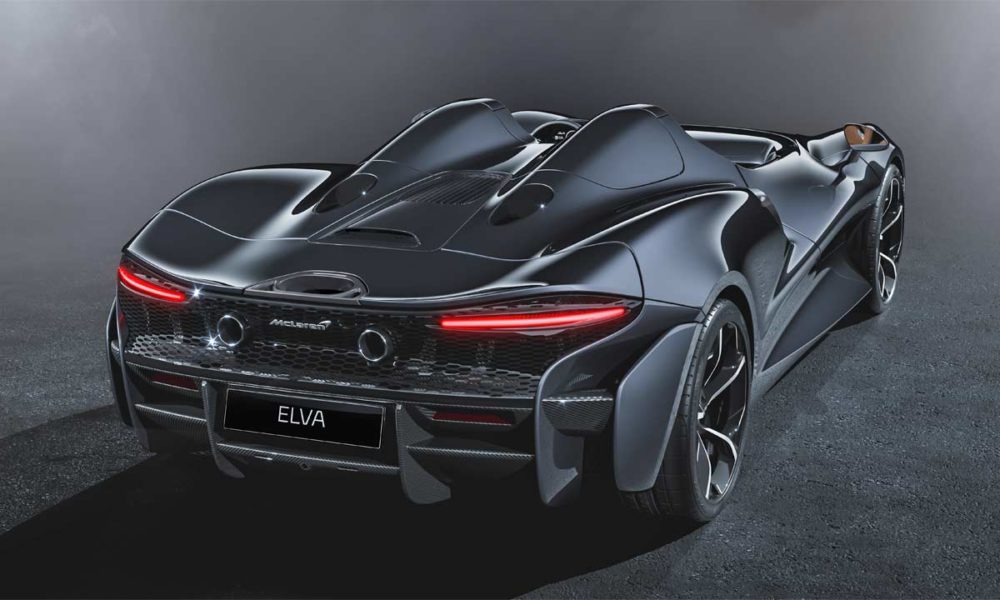
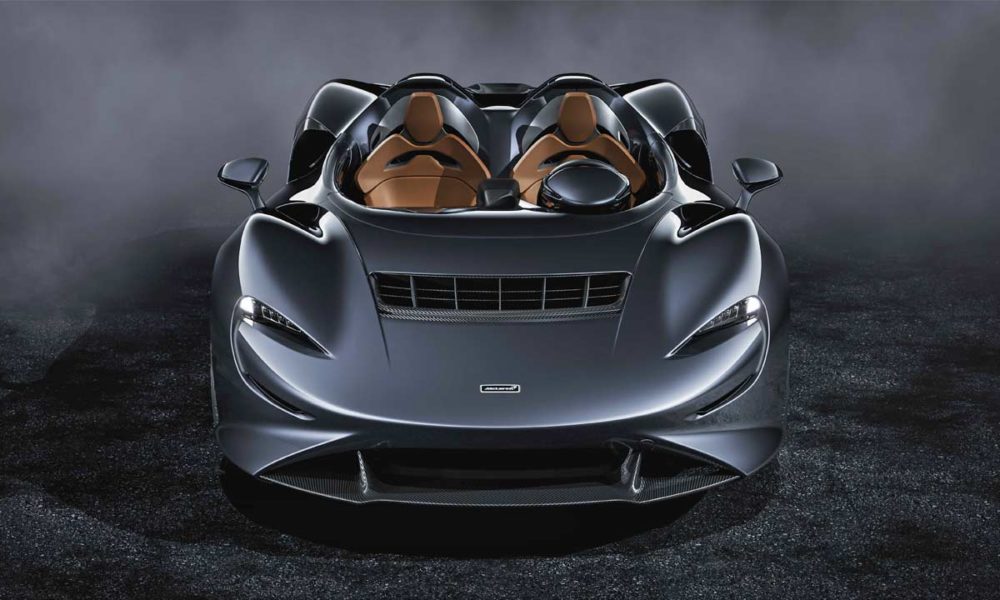
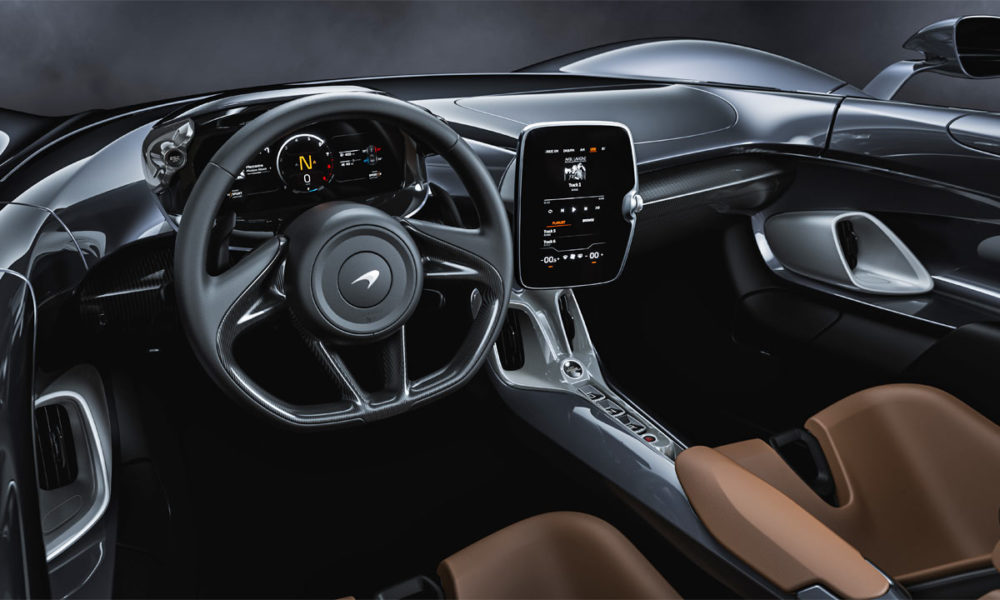
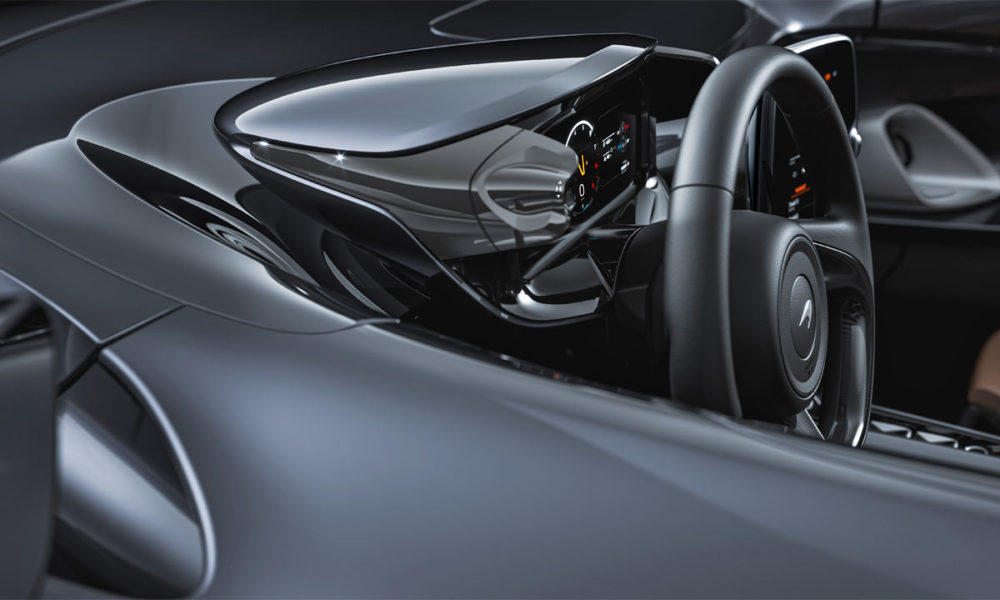

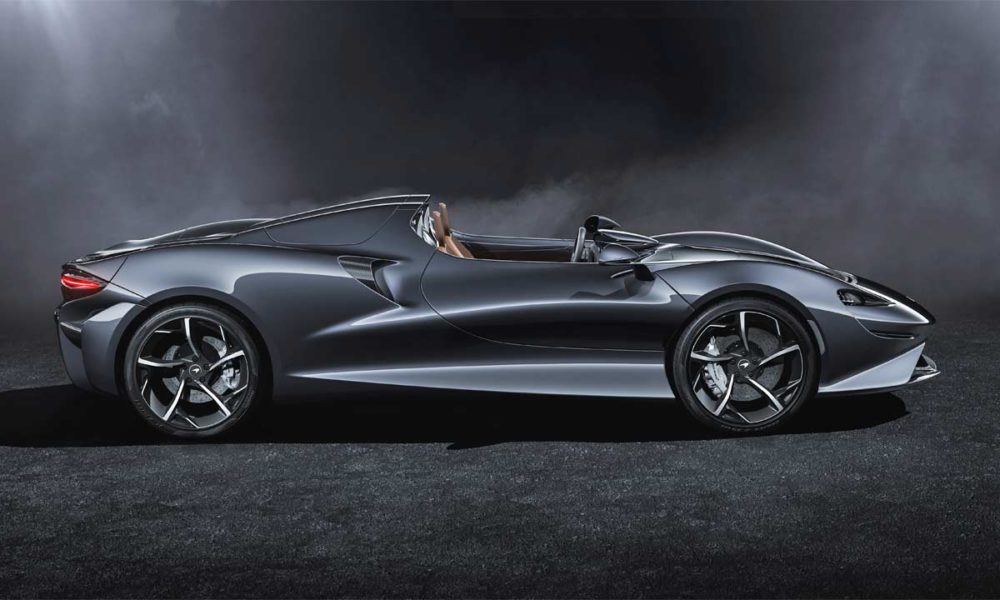
![McLaren-Elva-and-Elva-M1A-[Mk1]](https://www.autodevot.com/wp-content/uploads/2019/11/McLaren-Elva-and-Elva-M1A-Mk1-1000x600.jpg)
![McLaren-Elva-and-Elva-M1A-[Mk1]_2](https://www.autodevot.com/wp-content/uploads/2019/11/McLaren-Elva-and-Elva-M1A-Mk1_2-1000x600.jpg)
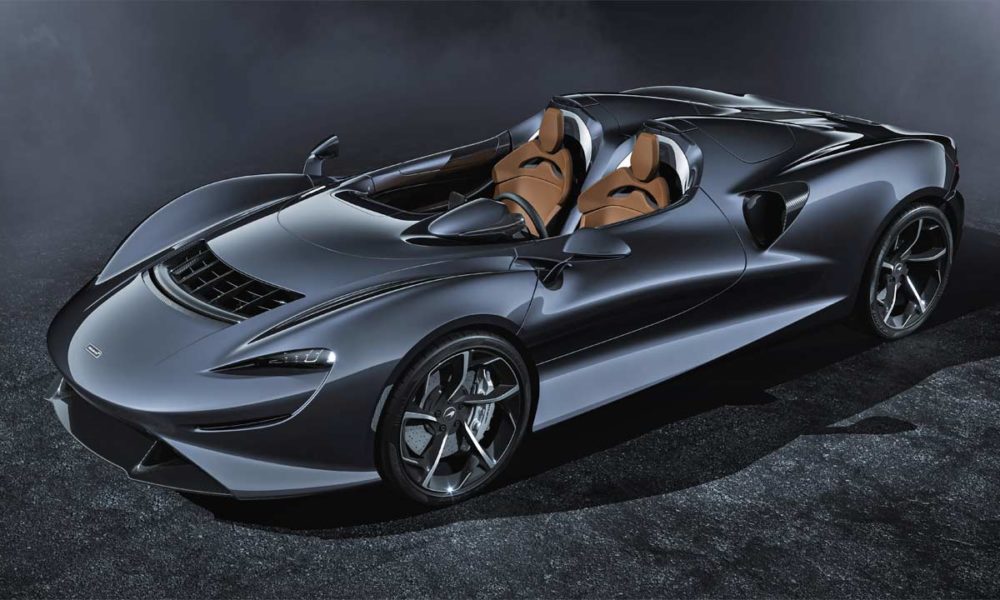






![McLaren-Elva-and-Elva-M1A-[Mk1]](https://www.autodevot.com/wp-content/uploads/2019/11/McLaren-Elva-and-Elva-M1A-Mk1-80x80.jpg)
![McLaren-Elva-and-Elva-M1A-[Mk1]_2](https://www.autodevot.com/wp-content/uploads/2019/11/McLaren-Elva-and-Elva-M1A-Mk1_2-80x80.jpg)

